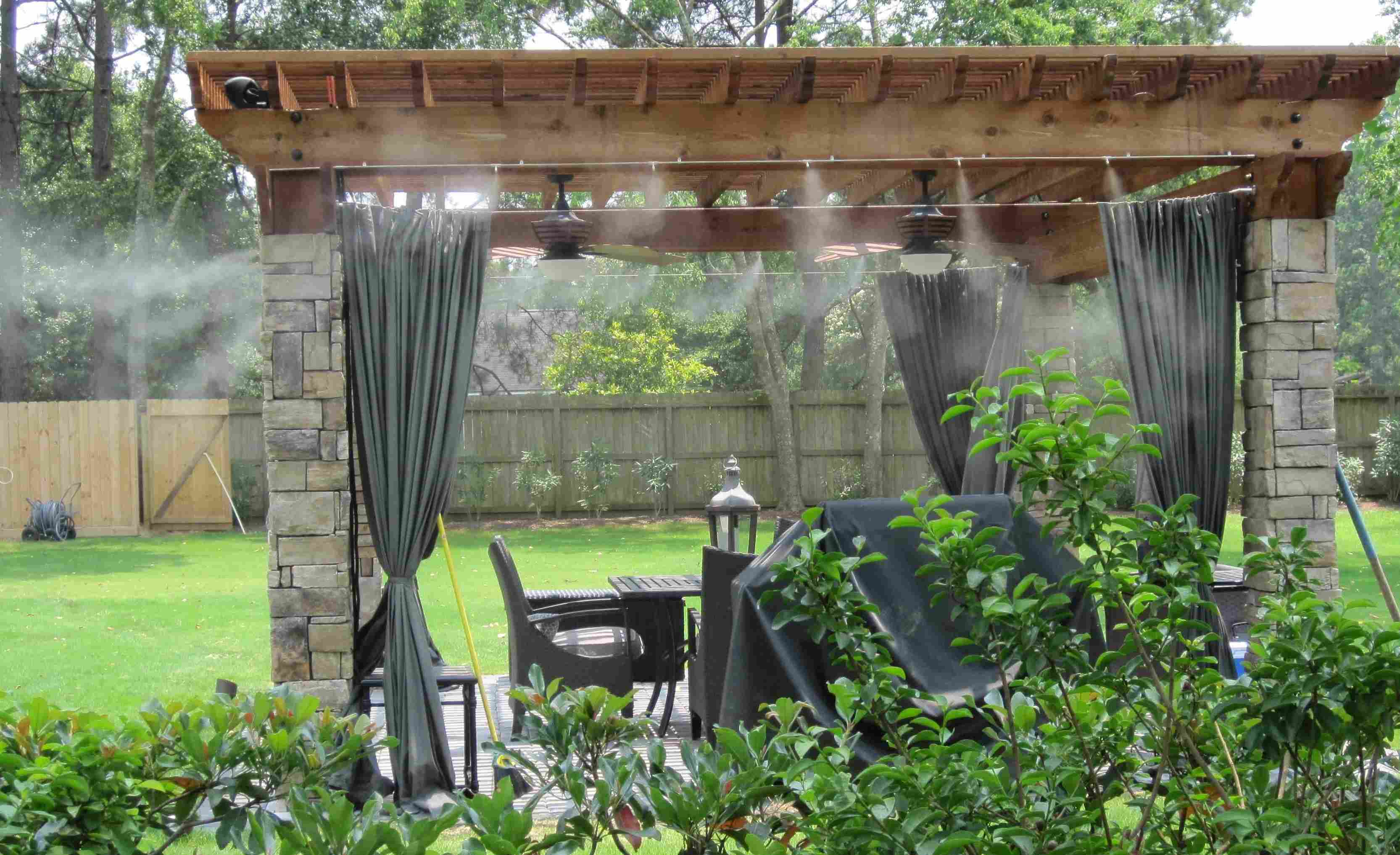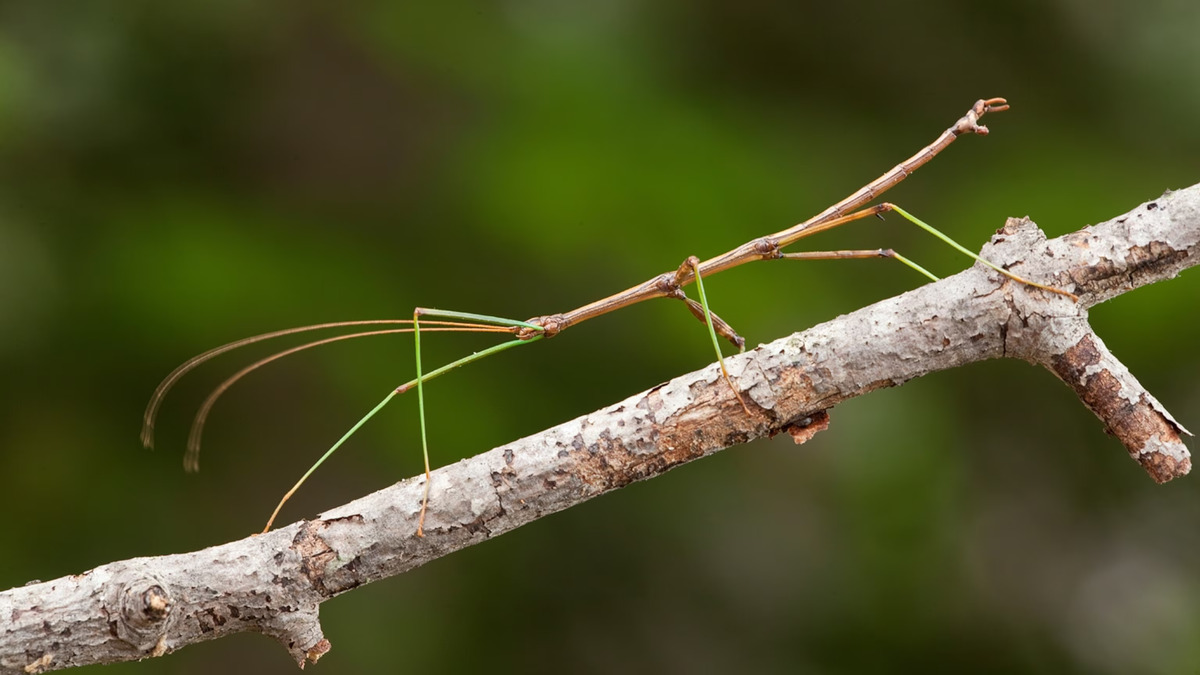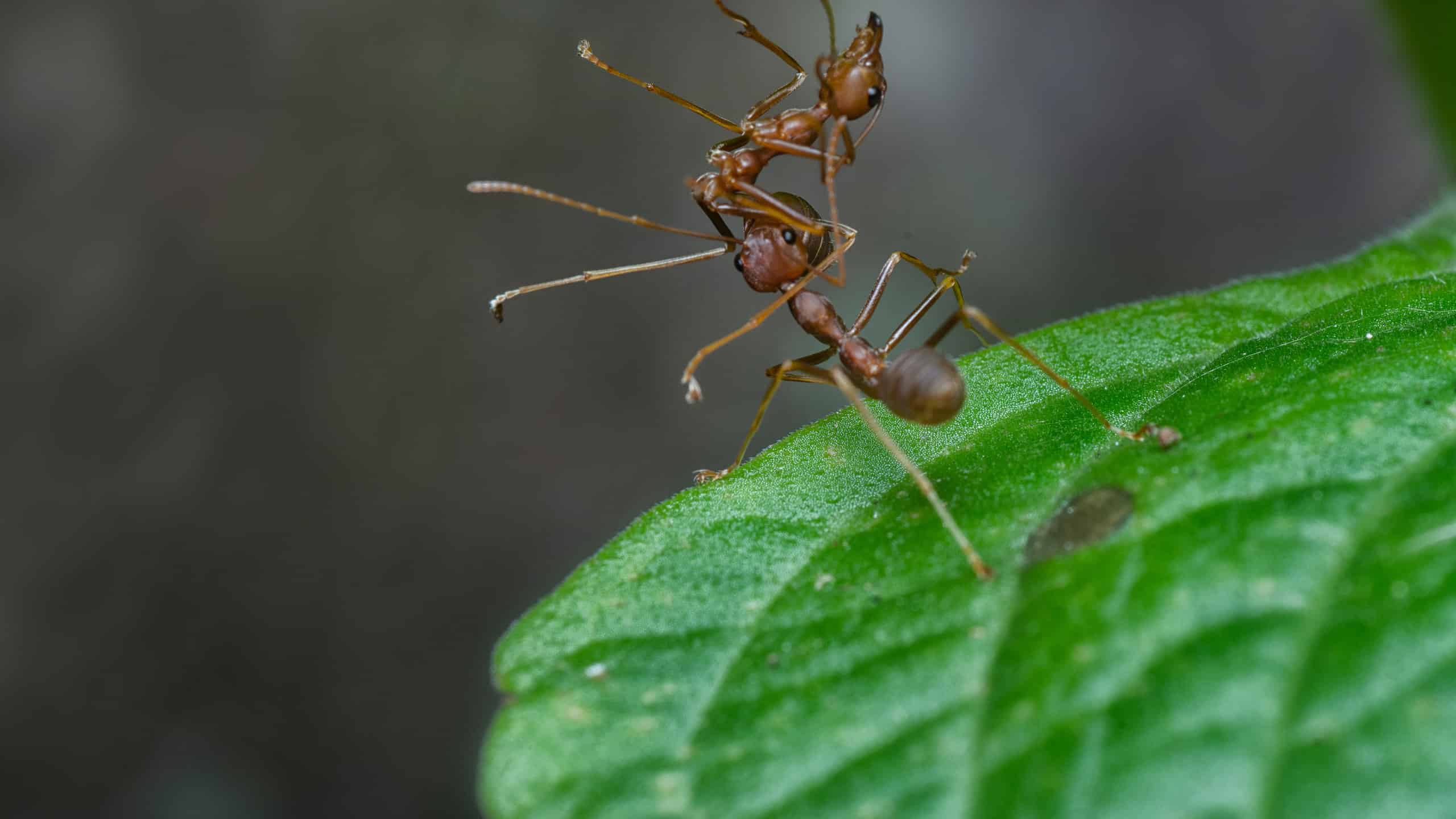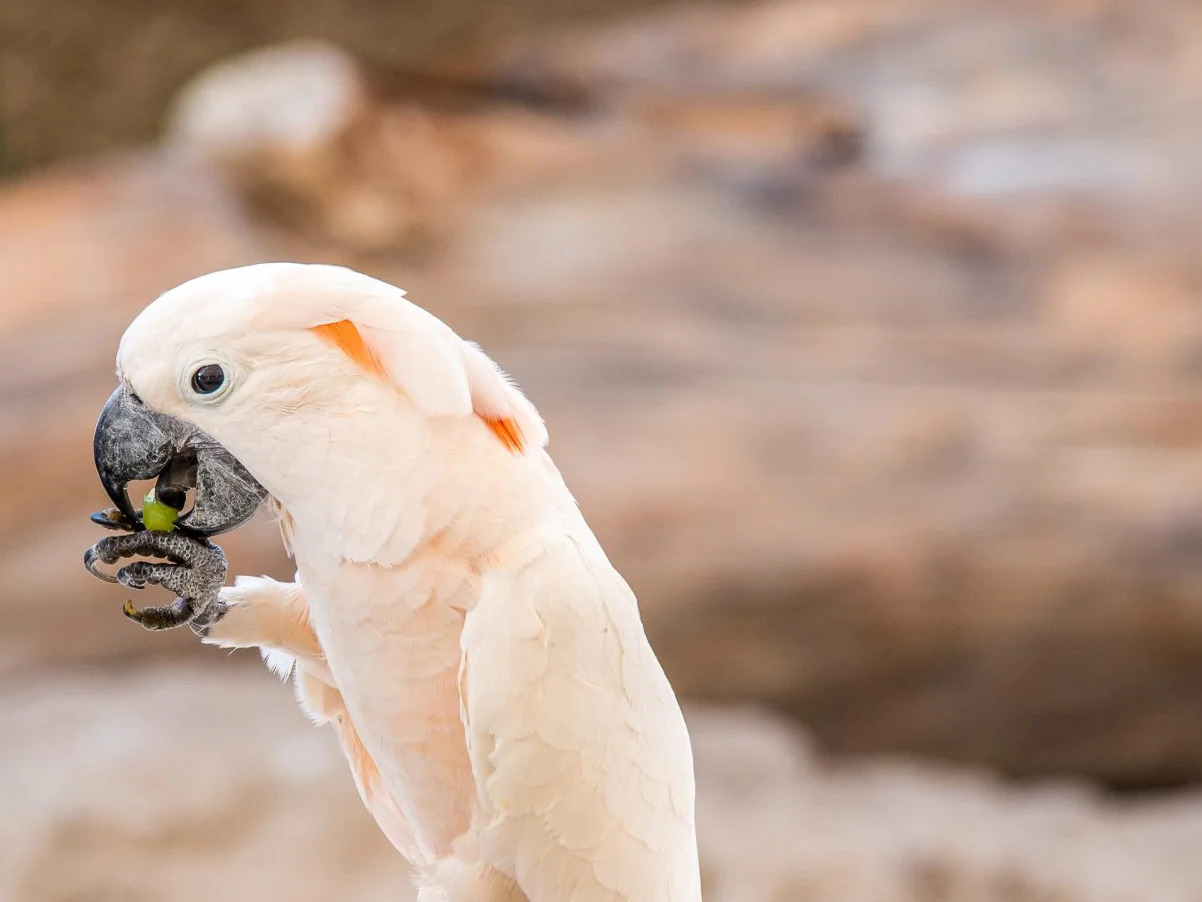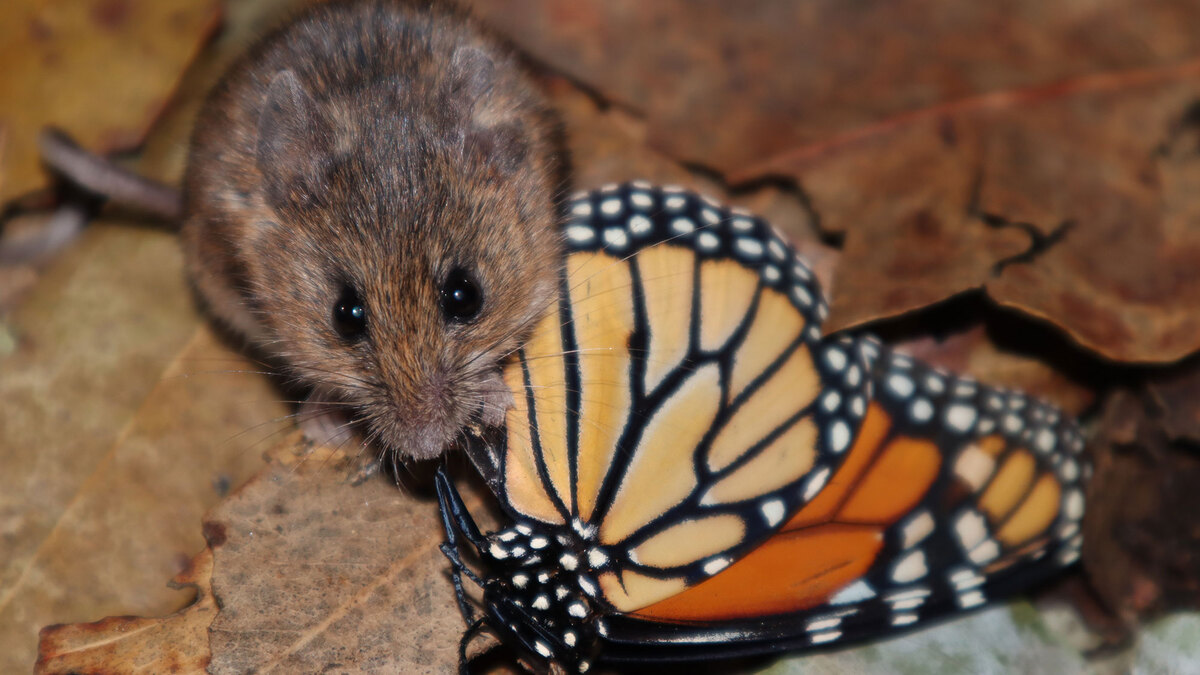Home>Gardening News and Trends>Latest News>What Insects Do Mothballs Keep Away
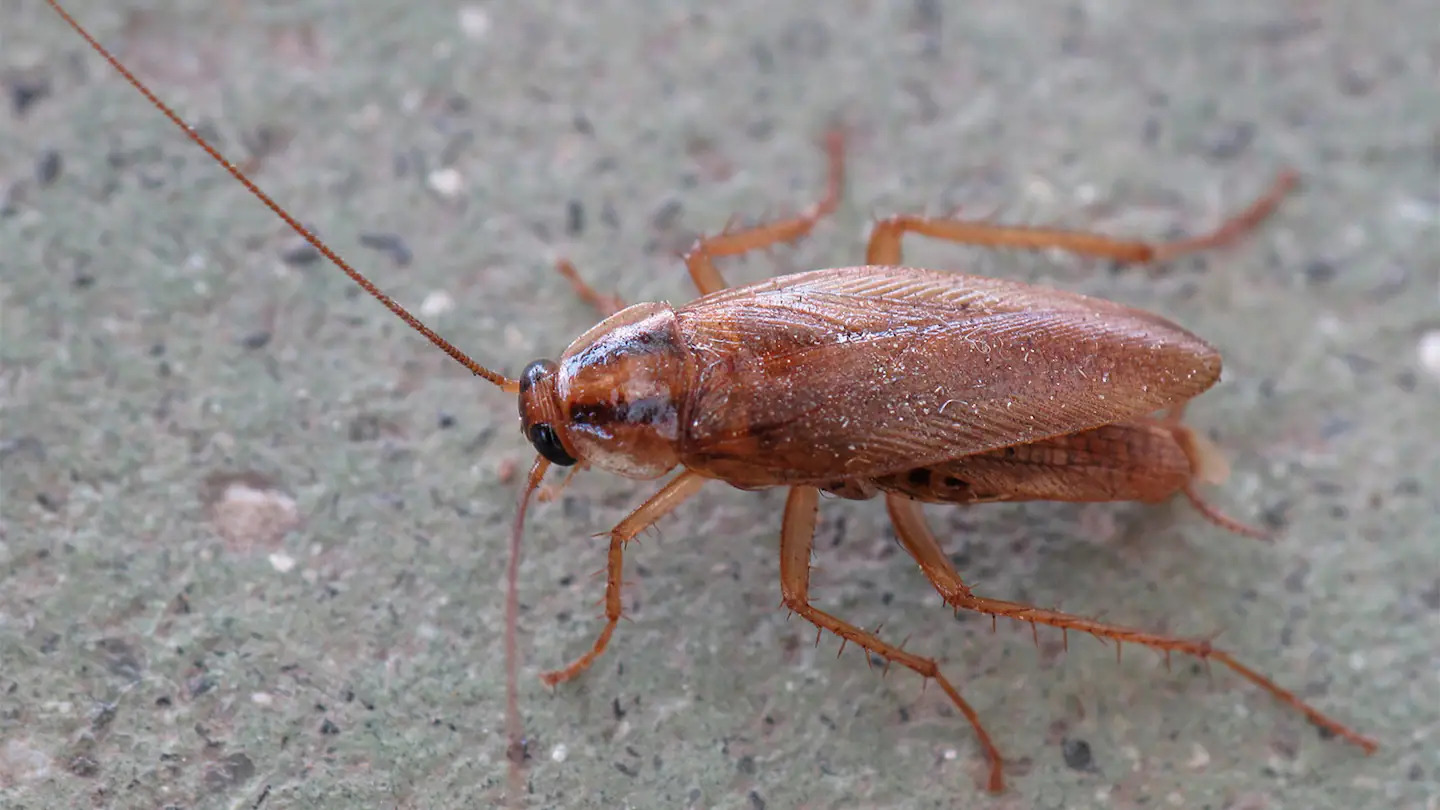

Latest News
What Insects Do Mothballs Keep Away
Modified: January 22, 2024
Discover the latest news on what insects mothballs can keep away. Learn how to effectively use mothballs to repel unwanted pests in your home.
(Many of the links in this article redirect to a specific reviewed product. Your purchase of these products through affiliate links helps to generate commission for Chicagolandgardening.com, at no extra cost. Learn more)
Table of Contents
Introduction
Welcome to the fascinating world of mothballs and their purpose in keeping insects away! If you’ve ever opened a storage box only to find your precious belongings damaged by pesky pests, you’re not alone. Insects invade our homes and wardrobes, causing frustration and potential damage to our belongings. That’s where mothballs come in to save the day. These small, pungent balls are widely used as a method of insect control.
Mothballs are a popular choice when it comes to repelling insects due to their convenience and effectiveness. Made primarily from naphthalene or paradichlorobenzene, these chemicals emit a strong odor that acts as an insect repellent. By releasing a vapor, mothballs create an environment that insects find unpleasant, thus deterring them from invading your space.
In this article, we’ll delve deeper into how mothballs work and the insects they are commonly known to repel. We’ll also touch on any potential drawbacks you should be aware of when using mothballs. So, let’s get started and uncover the secrets behind the magic of mothballs!
How Do Mothballs Work?
Understanding how mothballs keep insects away requires us to explore the mechanism behind their effectiveness. As mentioned earlier, mothballs primarily contain naphthalene or paradichlorobenzene, both of which have strong odors that insects find repulsive.
When exposed to air, these chemicals turn into a gas, releasing a powerful odor that spreads throughout the surrounding area. It is this odor that acts as a deterrent for insects, preventing them from coming near the mothball-protected space.
The vapor released by mothballs interferes with an insect’s ability to navigate and communicate. Insects rely on their olfactory senses to find food sources, mates, and suitable habitats. The strong scent emitted by mothballs overwhelms their senses, making it difficult for them to locate their desired destinations.
In addition to disrupting their navigation, the chemicals in mothballs can also be toxic to insects. When insects come into contact with or ingest the chemicals, it can interfere with their biological processes, ultimately leading to their demise.
It’s important to note that the effectiveness of mothballs depends on a few factors. These include the concentration of the active chemicals, the size of the area being protected, and the type of insects you are trying to repel. It’s always a good idea to follow the product’s instructions for proper usage and placement to ensure optimal results.
Now that we’ve explored how mothballs work, let’s take a closer look at the common insects that are known to be repelled by these pungent spheres.
Common Insects Repelled by Mothballs
Mothballs have gained popularity over the years for their ability to repel a variety of insects. Here are some of the common pests that mothballs are known to keep away:
- Moths: It’s no surprise that moths are at the top of the list. Mothballs were specifically designed to combat moth infestations. The strong odor emitted by mothballs deters adult moths from laying eggs and prevents larvae from feeding on fabrics, such as clothes, carpets, and upholstery.
- Cockroaches: These resilient pests are repelled by the scent of mothballs. The odor acts as a barrier that cockroaches prefer to avoid. Placing mothballs in areas where cockroaches are commonly found, such as kitchen cabinets or bathrooms, can help keep these unwanted visitors at bay.
- Ants: If you’ve had enough of ants invading your pantry or marching along your kitchen countertops, mothballs might be the solution. The pungent odor repels ants and disrupts their trails, making it difficult for them to navigate and locate food sources.
- Silverfish: Known for their love of starchy materials like paper and clothing, silverfish can be a nuisance. Mothballs, with their strong smell, can effectively repel silverfish and help protect your valuable documents and clothing from their destructive feeding habits.
- Spiders: While spiders are not technically insects, they can still be repelled by mothballs. The strong scent emitted by mothballs can discourage spiders from building their webs or setting up residence in your home.
It’s worth noting that mothballs primarily repel insects through their odor. Therefore, their effectiveness in repelling other pests, such as rodents or mosquitoes, may be limited. In those cases, it’s best to explore alternative pest control solutions.
Now that we’ve covered the common insects repelled by mothballs, let’s take a moment to examine any potential drawbacks associated with their use.
Moths
Mothballs are notorious for their efficacy in repelling moths. These flying insects are known for their destructive feeding habits, particularly when it comes to fabrics. Moths, such as clothes moths and pantry moths, lay eggs on natural fibers like wool, silk, and cotton. Once the eggs hatch, the larvae, often referred to as “cloth-eating” or “pantry” moths, munch on these materials, causing irreparable damage.
By placing mothballs in storage areas or closets, you create an unpleasant environment that deters adult moths from laying eggs. The strong odor emitted by the mothballs disrupts the moths’ reproductive cycle, preventing infestations from occurring. Additionally, the vapor released by the mothballs can also be toxic to moth larvae, further reducing their population.
When using mothballs to protect your clothes, ensure that they are sealed in an airtight container or placed in a hanging or resealable bag with your garments. This prevents direct contact and the transfer of the mothball odor onto your clothes. It’s important to note that mothballs should never be placed directly on clothing as they can leave stains and damage the fabric.
Mothballs are not only effective for protecting your clothing but can also be used to safeguard other items such as rugs, upholstery, and even decorative tapestries. Just remember to take appropriate precautions to prevent direct contact between the mothballs and your valuable belongings.
However, it’s essential to be aware that mothballs should be used judiciously and in well-ventilated areas. The strong odor can be overpowering, and prolonged exposure may cause respiratory irritation or other adverse health effects. It’s always best to follow the manufacturer’s instructions and use mothballs as directed.
Now that we’ve explored the effectiveness of mothballs in repelling moths, let’s move on to the next insect on our list.
Cockroaches
Cockroaches are notorious pests that can quickly infest our homes, posing potential health risks and causing unease. These resilient insects are attracted to food sources, particularly areas with warmth and moisture. Thankfully, mothballs can play a role in deterring cockroaches from invading your space.
The strong odor emitted by mothballs repels cockroaches, acting as a barrier that they prefer to avoid. By strategically placing mothballs in areas where cockroaches are commonly found, such as kitchen cabinets, under sinks, or in dark corners, you can disrupt their presence and discourage them from establishing nesting sites.
It’s important to note that while mothballs can deter cockroaches, they may not eliminate an existing infestation entirely. Their effectiveness is more about prevention rather than eradication. Therefore, it’s crucial to combine mothballs with other pest control measures, such as proper cleanliness, sealing cracks, and using cockroach baits or traps.
When using mothballs to repel cockroaches, it’s essential to keep them out of reach of children and pets. Mothballs can be toxic if ingested, and prolonged exposure to the vapor can be harmful. Follow the product’s instructions and place the mothballs in areas where they are not easily accessible or can be accidentally swallowed.
Additionally, be mindful of the odor of mothballs as it can be overpowering in small spaces. Ensure that the area is adequately ventilated to prevent the buildup of the strong scent. If you find the smell too intense, consider natural alternatives like essential oils or cockroach repellents specifically designed for indoor use.
By incorporating mothballs as part of a comprehensive cockroach prevention plan, you can create an environment that is less tempting for these unwanted guests. Remember to maintain cleanliness, seal entry points, and address any moisture issues to further enhance the effectiveness of mothballs in deterring cockroaches.
Now that we’ve covered mothballs’ impact on cockroaches, let’s move on to explore their repellent properties against another common household pest.
Ants
When it comes to dealing with an ant invasion in your home, mothballs can be a helpful tool in your pest control arsenal. The strong odor emitted by mothballs acts as a deterrent for ants, making your space less attractive to them.
Ants rely heavily on their sense of smell to communicate and locate food sources. The pungent scent of mothballs disrupts their trails, making it difficult for them to navigate and find their way into your kitchen or pantry.
To effectively repel ants with mothballs, strategically place them near entry points, such as windowsills, doorways, and cracks where ants may infiltrate your home. You can also create a barrier by placing mothballs around the perimeter of your house or along ant trails.
It’s important to note that using mothballs alone may not entirely eliminate an ant infestation. It’s essential to combine mothballs with other preventive measures, such as proper sanitation and sealing potential entry points, to ensure long-term success in keeping ants at bay.
While mothballs are effective in repelling ants, it’s important to use them safely and responsibly. Avoid placing mothballs in areas where children or pets can access them, as their ingestion can be harmful. Follow the manufacturer’s instructions for usage and placement to minimize any risks.
If the smell of mothballs becomes overwhelming, consider using alternatives such as ant baits or natural deterrents like vinegar or essential oils known for repelling ants. These options can provide effective results while keeping your home smelling fresh.
By incorporating mothballs into your ant prevention strategy, you can create an environment that ants find unappealing, helping to keep them out of your home. Remember to combine their use with other effective control methods to achieve the best results.
Now that we’ve covered the repelling effect of mothballs on ants, let’s move on to explore another common household pest that mothballs can deter.
Silverfish
Silverfish, those tiny, silver-colored insects, are known for their affinity for starchy materials, such as paper, books, and clothing. If you’re battling a silverfish infestation, mothballs can be a helpful tool in deterring these pests.
The strong odor emitted by mothballs is highly effective in repelling silverfish. Placing mothballs in areas where silverfish are commonly found, such as bookshelves, attics, or closets, creates an environment that these pests find unappealing. The scent acts as a deterrent, making your belongings less attractive to silverfish.
The vapor released by mothballs can also be toxic to silverfish, effectively reducing their population. When silverfish come into contact with or ingest the chemicals in mothballs, it can disrupt their biological processes and ultimately lead to their demise.
When using mothballs to repel silverfish, it’s important to follow proper safety precautions. Keep mothballs out of reach of children and pets, as they can be toxic if ingested. Additionally, ensure that the area is adequately ventilated to prevent the buildup of the strong odor. If the scent becomes overwhelming, consider using alternative natural repellents like boric acid or diatomaceous earth.
It’s important to note that mothballs alone may not completely eradicate a silverfish infestation. Regular cleaning, reducing sources of moisture, and sealing potential entry points are essential in preventing silverfish from returning. Combine the use of mothballs with these preventive measures for the best results.
Remember, the aim is to create an environment that silverfish find inhospitable. By strategically using mothballs in conjunction with other control methods, you can effectively deter silverfish and protect your belongings from their feeding habits.
Now that we’ve explored the effects of mothballs on silverfish, let’s move on to the next insect on our list.
Spiders
While spiders are not technically insects, they are often unwelcome guests in our homes. If you’re looking for a way to deter spiders, mothballs can be a useful tool in your arsenal.
Spiders rely on their sense of touch and vibration to navigate and hunt for prey. However, the strong odor emitted by mothballs can deter them from building webs or establishing their presence in your living spaces.
To use mothballs effectively against spiders, strategically place them in areas where spiders are commonly found, such as corners, windowsills, and doorways. This creates a barrier that spiders are likely to avoid due to the strong scent.
It’s important to note that mothballs are more effective in preventing spiders from entering your home rather than eliminating existing spider populations. If you have a significant spider infestation, it may require a more comprehensive approach, such as using spider traps or seeking professional pest control services.
When using mothballs to repel spiders, follow the manufacturer’s instructions and keep them out of reach of children and pets. Mothballs can be toxic if ingested, and the strong odor can be overpowering in confined spaces. Adequate ventilation is key to prevent the buildup of the scent.
For those who find the smell of mothballs too intense, there are alternative natural remedies to consider, such as essential oils like peppermint or citrus, which spiders typically dislike.
By incorporating the use of mothballs or other deterrents into your spider control strategy, you can minimize the presence of spiders in your home and create a more pleasant living environment.
Now that we’ve explored the repelling effect of mothballs on spiders, let’s move on to discuss any potential drawbacks associated with their use.
Potential Drawbacks of Using Mothballs
While mothballs can be effective in repelling insects and pests, there are some potential drawbacks to be aware of when using them.
One of the main concerns with mothballs is their strong odor. The powerful scent can be overwhelming, especially in confined or poorly ventilated spaces. Not only can this be unpleasant for occupants, but it may also permeate clothing, fabrics, and other porous materials, leaving behind a lingering smell that can be difficult to remove.
Furthermore, mothballs contain toxic chemicals such as naphthalene or paradichlorobenzene. These substances can pose health risks, especially if ingested by children or pets. It’s essential to keep mothballs out of reach and to follow the manufacturer’s instructions for proper usage and storage.
Mothballs should never be placed directly on clothing, as they can leave stains and damage fabrics. It’s important to follow recommended placement methods, such as using an airtight container or separate bag to prevent direct contact between the mothballs and your belongings.
Another drawback to consider is the limited effectiveness of mothballs against certain pests. While they are known to repel moths, cockroaches, ants, silverfish, and spiders, their impact on other pests like rodents or mosquitoes is minimal. If you’re dealing with a pest problem outside the scope of mothballs’ repellent properties, it may be necessary to explore alternative pest control methods.
Lastly, it’s worth noting that mothballs are not an environmentally-friendly solution. The chemicals they contain can seep into the soil and water systems, posing risks to wildlife and ecosystems. If possible, consider eco-friendly alternatives or seek professional advice for safe and sustainable pest control options.
When using mothballs, it’s important to weigh the benefits against the potential drawbacks and always prioritize safety and proper usage. Consider utilizing other pest control methods in combination with mothballs for comprehensive and effective pest management.
Now that we’ve discussed the potential drawbacks of using mothballs, let’s wrap up our exploration of their role in insect control.
Conclusion
Mothballs can be a valuable tool in repelling a variety of insects and pests from our homes and belongings. Their strong odor acts as a deterrent, making spaces less appealing and disrupting the navigation and communication of these unwanted visitors.
From moths to cockroaches, ants to silverfish, and even spiders, mothballs have shown effectiveness in repelling these common household pests. However, it’s important to use them judiciously and in accordance with instructions to maximize their benefits while minimizing potential drawbacks.
While mothballs can be effective, it’s essential to be aware of their strong odor, potential health risks, and limited effectiveness against certain pests. Additionally, their use should be complemented with other preventive measures to achieve long-term pest control success.
If you choose to use mothballs, ensure they are stored safely and out of reach of children and pets. Consider alternative natural repellents or eco-friendly pest control methods where appropriate.
Incorporating mothballs into your pest control strategy can help protect your clothing, documents, and other valuable items from damage caused by insects. Utilize proper placement methods and precautions to reap the benefits while minimizing potential drawbacks.
Remember that maintaining cleanliness, sealing entry points, and addressing any moisture or sanitation issues are also essential for effective pest control.
Ultimately, by understanding how mothballs work and their impact on various insects, you can make informed decisions in managing pest infestations and create a more pest-free living environment.
Thank you for joining us on this journey into the world of mothballs and their role in insect control. Happy repelling!
